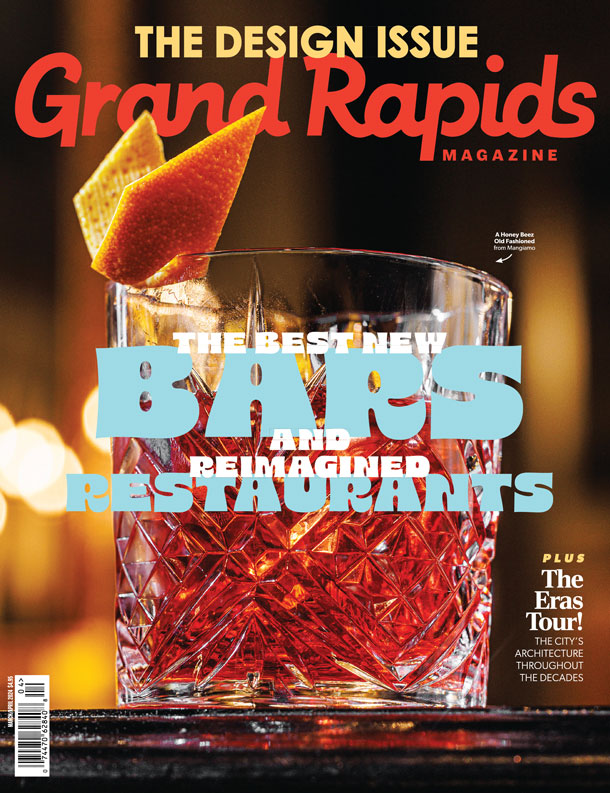Avisual history of Grand Rapids is now available at the Grand Rapids Public Library in postcard form.
As a teenager, Thomas Dilley, former lawyer and a Grand Rapids native with an interest in history, began collecting postcards dating primarily from the 1890s to the 1950s depicting Grand Rapids landmarks and scenes.
He just donated 5,000 postcards from his collection to the Grand Rapids Public Library’s History and Special Collections Department.
“My focus was on my hometown. I wanted to see it and that was one way to see it,” he said.
Dilley said postcards provide an important visual record of the city, noting in many cases viewers of the postcards can still recognize some aspect of the present day image in the postcard image.
“Buildings come and go and whole streetscapes are erased and built again, but typically there is something there that you can hang onto so you can see just a little bit of what was once there,” he said.
Dilley said the period between the 1890s to the 1940s is considered the “golden age” of the postcard, with millions of postcards produced across the country during that period. He said almost everything was captured in postcard form at that time, too.

The reason for the postcard’s prevalence has a lot to do with the need for a cheap and easy form of communication. It was pre-telephone after all.
Dilley said in the Grand Rapids of 1910, most homes didn’t have telephones. “Back in 1910, if I needed to get word to my wife that I was going to be late for dinner – postal service was twice a day back then – I could post a postcard. As a streetcar was going by I could drop it into a postbox on the streetcar that would continue on its route to Campau Square, where the mailbox would be emptied and then delivered that very afternoon. There are cards in this collection that say ‘I’ll be late for dinner.’”
He added, “It was a perfect collision, between the availability of these postcard images and the need of people here for a cheap and easy means of communication.”
It was also a time of increased travel. “It was at a time when there was a lot of business travel, but also the beginning, especially after World War I, of tourist travel.” He said he often finds postcards purchased in Grand Rapids that were sent across the country or even overseas.
Dilley said libraries and museums are eager to add postcards to their collections because of their historical value.
During his nearly 50 years of collecting postcards, Dilley said there have been a few particularly coveted postcards he’s looked for, including the Rover series, which he said is considered the “holy grail” of postcards.

“Those cards are a series of about 30 images that are referred to, as a general category, as exaggeration cards,” he said. “They are rare, some are very rare, and there is one in the series that no [collector] has.” (Dilley said the Grand Rapids Public Museum owns the coveted postcard in its collection, however.)
The cards are based on Mr. Rover, who is doing different things in each of the postcards.
Dilley said another postcard in the collection people might find particularly interesting is the one depicting a weekly farmers market that took place in the middle of the Grand River.
“There are three or four images of the earliest farmers markets. One was located on an island in the Grand River that no longer exists,” he said. “It shows the farmers and peopling milling around.”
Dilley donated his collection so that others can enjoy the images and learn about the city’s history as he has.
“I want everyone to be able to see it,” he said. “One of the attractions to placing the collection at the library is that anyone can look at it. It’s completely open and free to the public. It’s not a private collection.”
Dilley has also published two books “Grand Rapids in Vintage Postcards, 1890-1940” (2005) and “Grand Rapids: Community and Industry” (2006), both published by Arcadia Publishing.
Once cataloged, the entire collection will be added to the Thomas R. and Debra C. Dilley Historical Collection and will be accessible for public use. The postcards will supplement the library’s existing collection of nearly one million historical images of Grand Rapids.
With the addition of these postcards to the library collection, the Grand Rapids Public Library said it will have a copy of nearly every postcard produced for Grand Rapids.
*Photos courtesy of Grand Rapids Public Library








Facebook Comments